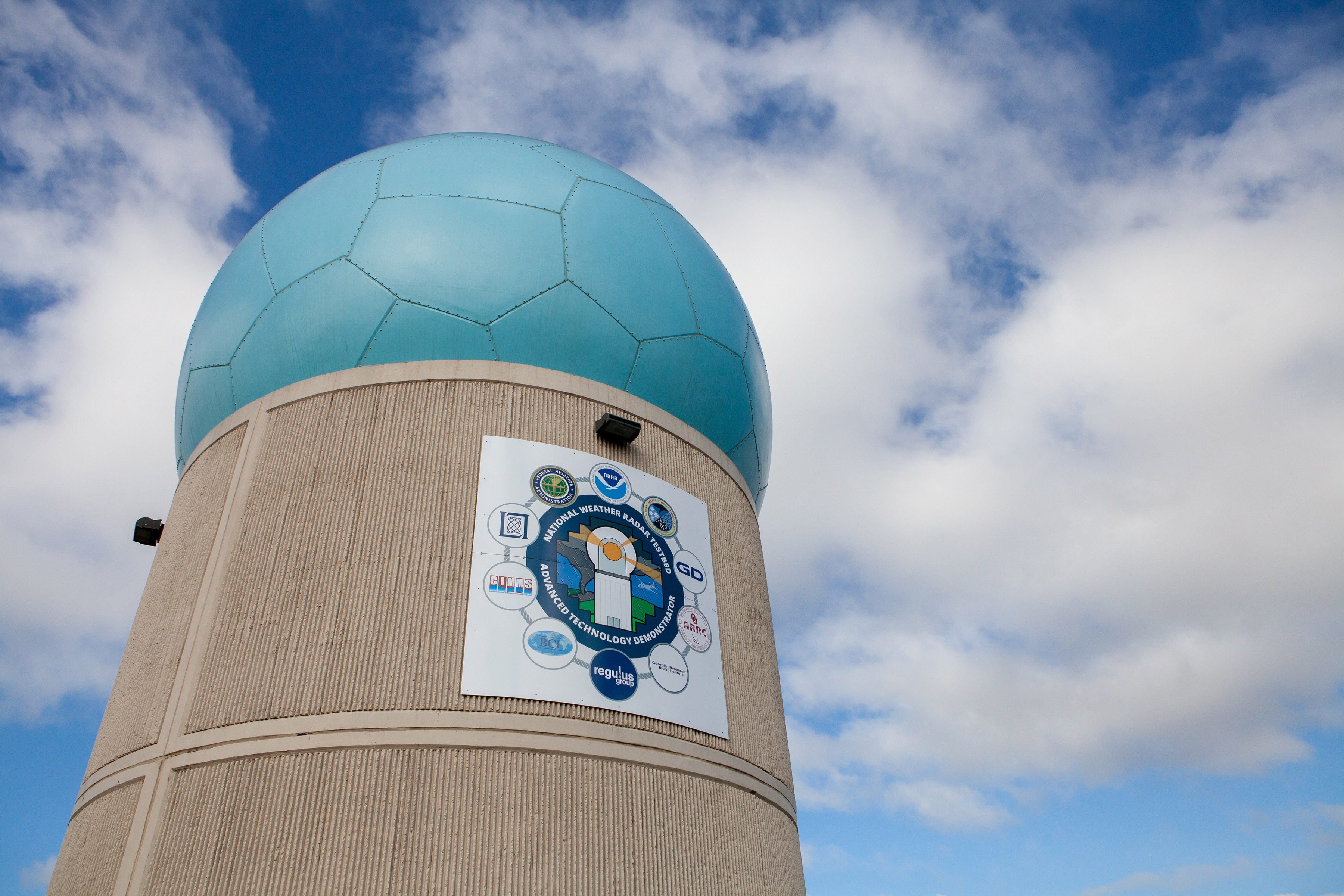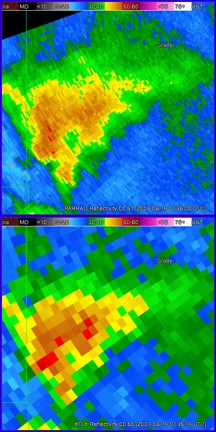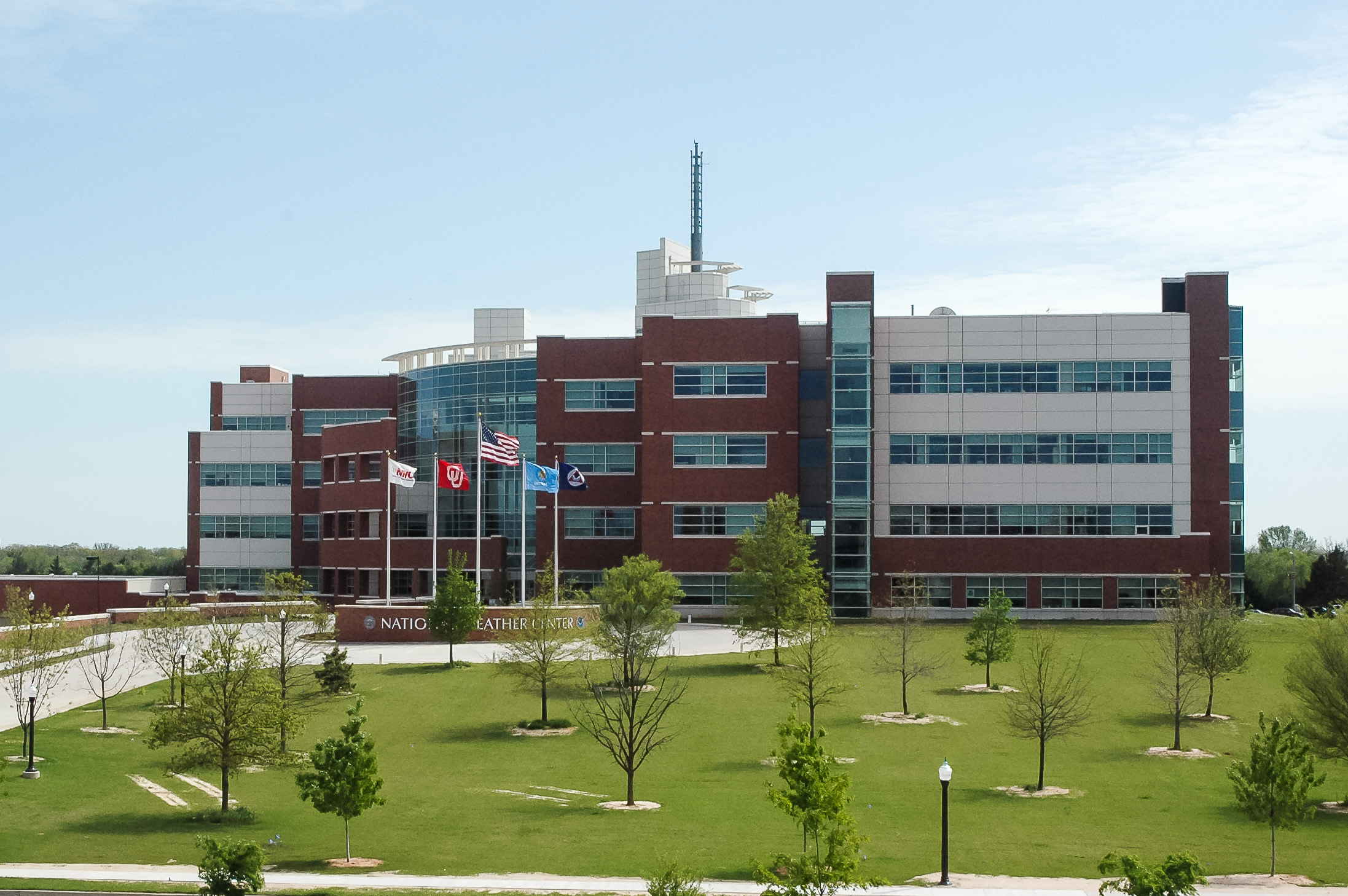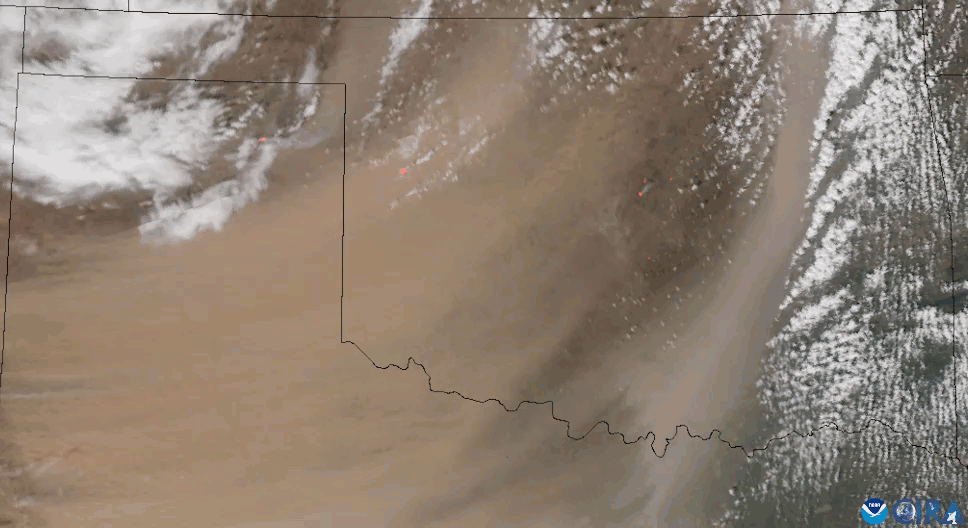
For more than 60 years, the NOAA National Severe Storms Laboratory (NSSL) has been at the forefront of developing weather radar. Currently NSSL is working on Phased Array Radar (PAR) as the next generation of weather radar technology.
PAR is designed to provide faster, more detailed, and more adaptive observations of severe weather. Unlike traditional radar systems that scan the atmosphere mechanically by rotating, PAR uses electronic beam steering to rapidly collect data, allowing for updates in seconds rather than minutes. This rapid update capability enhances forecasters’ ability to monitor evolving storms, track tornado development, and improve severe weather warnings, ultimately leading to greater public safety.
Beyond its role in severe thunderstorm and tornado detection, radar is also a critical tool in fire weather monitoring. Wildfires pose significant threats to life and property, and weather conditions—such as strong winds, dry air, rapid changes in wind directions—can rapidly change fire behavior. Forecasters use radar to detect these environmental factors, providing real-time insights into fire-induced plumes, smoke movement, and wind shifts that can exacerbate wildfire conditions. The ability of PAR to scan the atmosphere more frequently and in finer detail makes it an invaluable asset in tracking the meteorological conditions that drive wildfires.
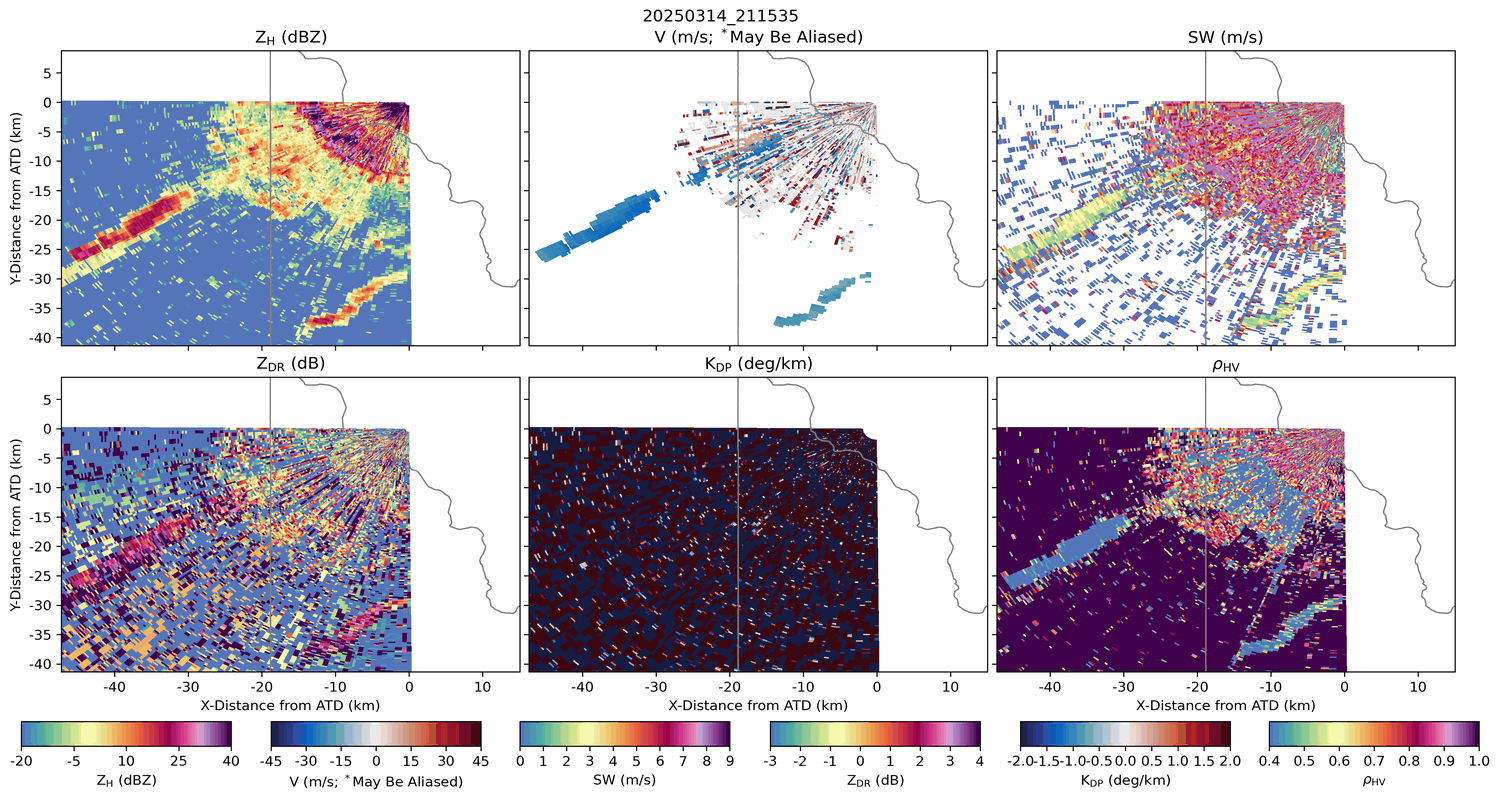
One of the key tools in NSSL’s development of PAR is the Advanced Technology Demonstrator (ATD), an experimental radar system designed to test and refine phased array’s capabilities. On March 14, 2025, the ATD observed multiple wildfires across Oklahoma during an historic, high-impact wind, dust, and fire event.
That day, extreme winds and dry conditions led to quick starting and rapidly spreading wildfires, along with widespread blowing dust that reduced visibility. The ATD captured detailed radar signatures of the fire-generated smoke plumes, tracking how they interacted with the strong winds and turbulent atmosphere. These observations provide valuable data to researchers on PAR’s capabilities to improve wildfire detection and forecasting methods.
As wildfire threats continue to increase across the United States, NSSL remains committed to developing cutting-edge radar systems to enhance forecasting, protect communities, and advance our understanding of severe weather and fire weather events.

